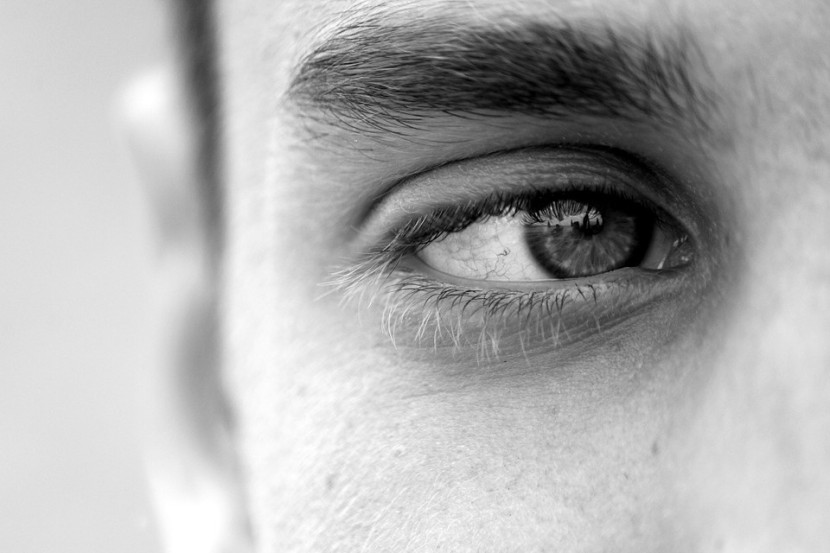
Through the efforts of several scientists who changed the genetic code of retinal ganglion cells, a man's eyes which has been blind for years, becomes receptive to light. Said man suffered from retinitis pigmentosa, a genetic disorder that destroys cells that transforms light into signals that the brain can recognize.
Researchers in the June issue of Nature Medicine featured a 58-year-old man that went from complete blindness to being able to detect several items, including the striping of a street crosswalk by using special goggles developed for him, reported Medical Express.
Lead researcher Dr. Jose-Alain Sahel, chairman of ophthalmology at the University of Pittsburgh, said in a Nature Medicine report, "This is the first patient to experience any kind of progress mostly due to optogenetics, a gene therapy that altered new cells to become light-sensitive cells."
Another scientist, Dr. Richard Rosen, Chief of Retinal Services for the Mount Sinai Health System in New York City, remarked that the event was inspiring.
Even if not part of the study, he said that gene therapy might benefit many people afflicted with blinding disorders.
In most cases, the shape of the human retina is inverted. The photoreceptor cells that detect light are located at the back of the retina, while ganglion cells at the front communicate visual information from photoreceptors to the brain via the optic nerve.
Optogenetics is the discipline of altering the genome of cells to produce light-sensitive proteins called channelrhodopsins. Curing blindness with gene therapy treatment is part of the process. This means making the top layer of ganglion cells photo-sensitive, ignoring the non-working light receptor cells.
The gene therapy process
A hollowed-out cold virus changed with the genetic coding channelrhodopsin called ChrimsonR that can see amber light was injected into the eyes.
They outfitted the patient with a set of specialized goggles that transmit visual images onto the retina using amber light wavelengths. The patient was given five months to use it so the retina can adopt to the gene variation.
The individual had to get used to using the goggles. However, after seven months of continuous practice, there were spontaneous reporting signs of improved vision, remarked the Sahel.
"A brain has to acquire a new language originating from the retina," stated senior researcher Dr. Botond Roska, founder of the Institute of Molecular and Clinical Ophthalmology in Basel, Switzerland, mentioned World News Network.
Readings were taken detecting a response to the visual input via Electroencephalogram (EEG) readings. It proved that the treatment worked.
However, his vision is unlikely to recover to the point where he can read or recognize faces, remarked the researchers.
But the man's level of eyesight has improved which would be critical to a blind person's daily life, added Rosen.
Reports say, more people have been treated with this gene therapy especially now that the COVID-19 pandemic has made it hard to go to medical centers to train with these unique spectacles.
Sahel and Rosen were confident that with more research, the gene therapy treatment could help others overcome blindness.
Related article: Scientists Attempt to Edit Genes, DNA in a Living Person
© 2025 HNGN, All rights reserved. Do not reproduce without permission.








